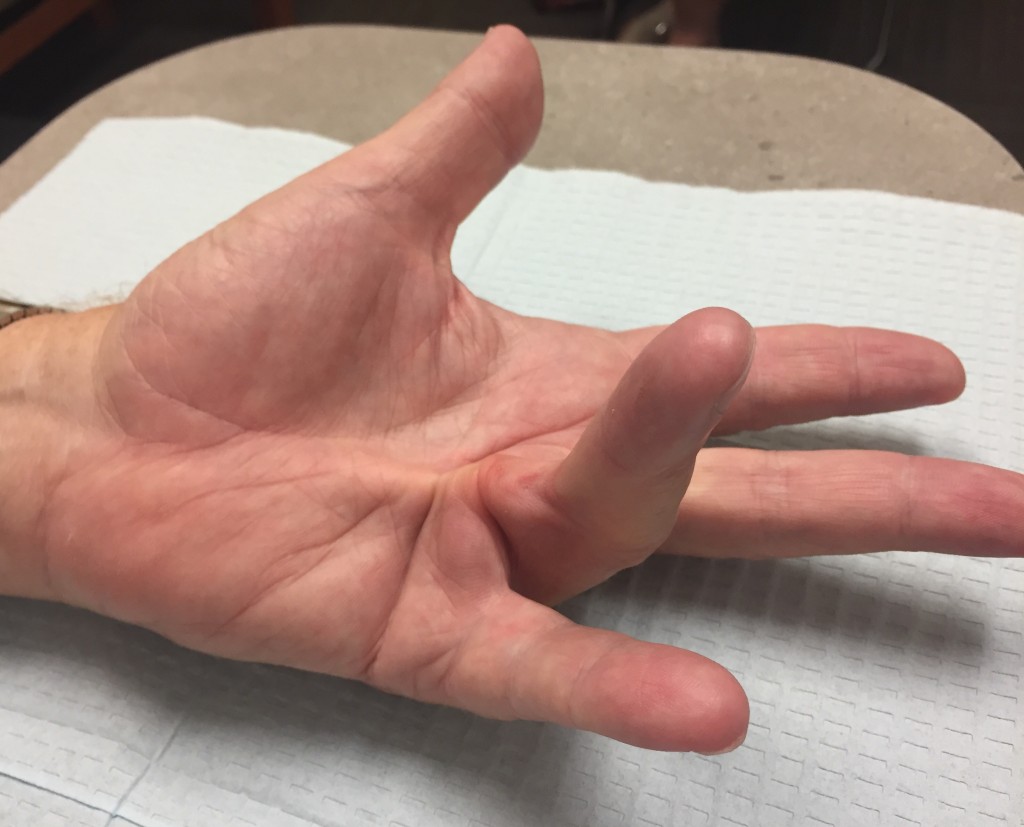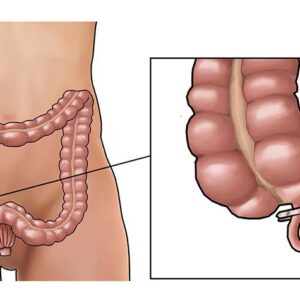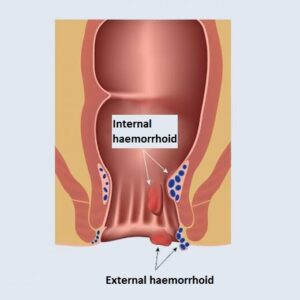Description
Familiarity with Treatment:
Dupuytren’s contracture release is a surgical procedure aimed at addressing Dupuytren’s contracture, a condition characterized by the thickening and tightening of the connective tissue in the palm, leading to the fingers being pulled into a bent position. The surgery involves releasing the constricted tissue to restore finger extension and function.
Procedure:
- Incision: An incision is made in the palm or affected area to access the tight bands of tissue.
- Fasciotomy or Fasciectomy: The surgeon carefully divides or removes the constricted bands of tissue, allowing for improved finger extension.
Who is it Suitable for?
Dupuytren’s contracture release is suitable for individuals with progressive and functionally limiting Dupuytren’s contracture, particularly when the condition interferes with hand function and affects the performance of daily activities. It is often considered when non-surgical interventions, such as hand therapy or collagenase injections, have not provided sufficient relief.
Who is it Not Suitable for?
Dupuytren’s contracture release may not be suitable for individuals with mild or non-progressive contractures that do not significantly impair hand function. Additionally, those with certain medical conditions that increase surgical risks may not be good candidates for this procedure.
Advantages:
- Restoration of Finger Function: Dupuytren’s contracture release surgery aims to restore finger extension, allowing for improved hand function and comfort.
- Prevention of Progression: By addressing the tight bands of tissue, the surgery aims to prevent further contracture progression and preserve hand mobility.
Complications:
- Potential complications of Dupuytren’s contracture release may include surgical site infection, nerve or blood vessel injury, stiffness, recurrence of contracture, and complex regional pain syndrome.
Preoperative Care:
- Comprehensive evaluation of the patient’s hand function and range of motion to confirm the diagnosis and determine the need for surgical intervention.
- Patient education regarding the procedure, including potential risks and benefits, as well as expectations for recovery and rehabilitation.
Postoperative Care:
- Immobilization and protection of the surgical site during the initial healing phase.
- Hand therapy to regain hand strength, flexibility, and function.
- Monitoring for signs of infection, impaired healing, or complications.
- Gradual return to normal hand use, avoiding activities that may stress the operated hand.




Reviews
There are no reviews yet.